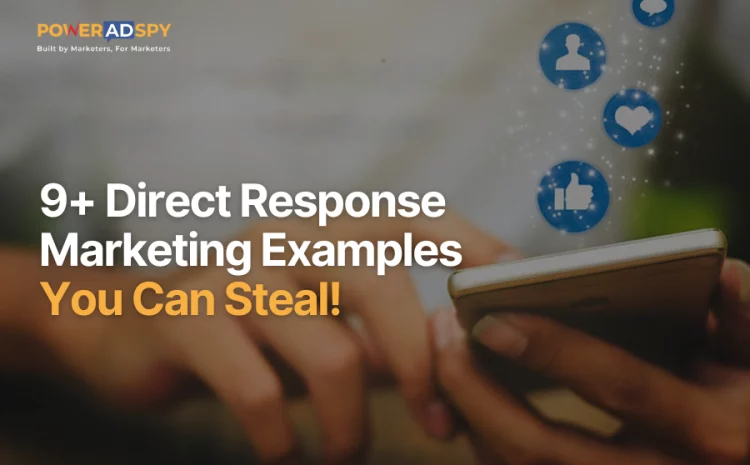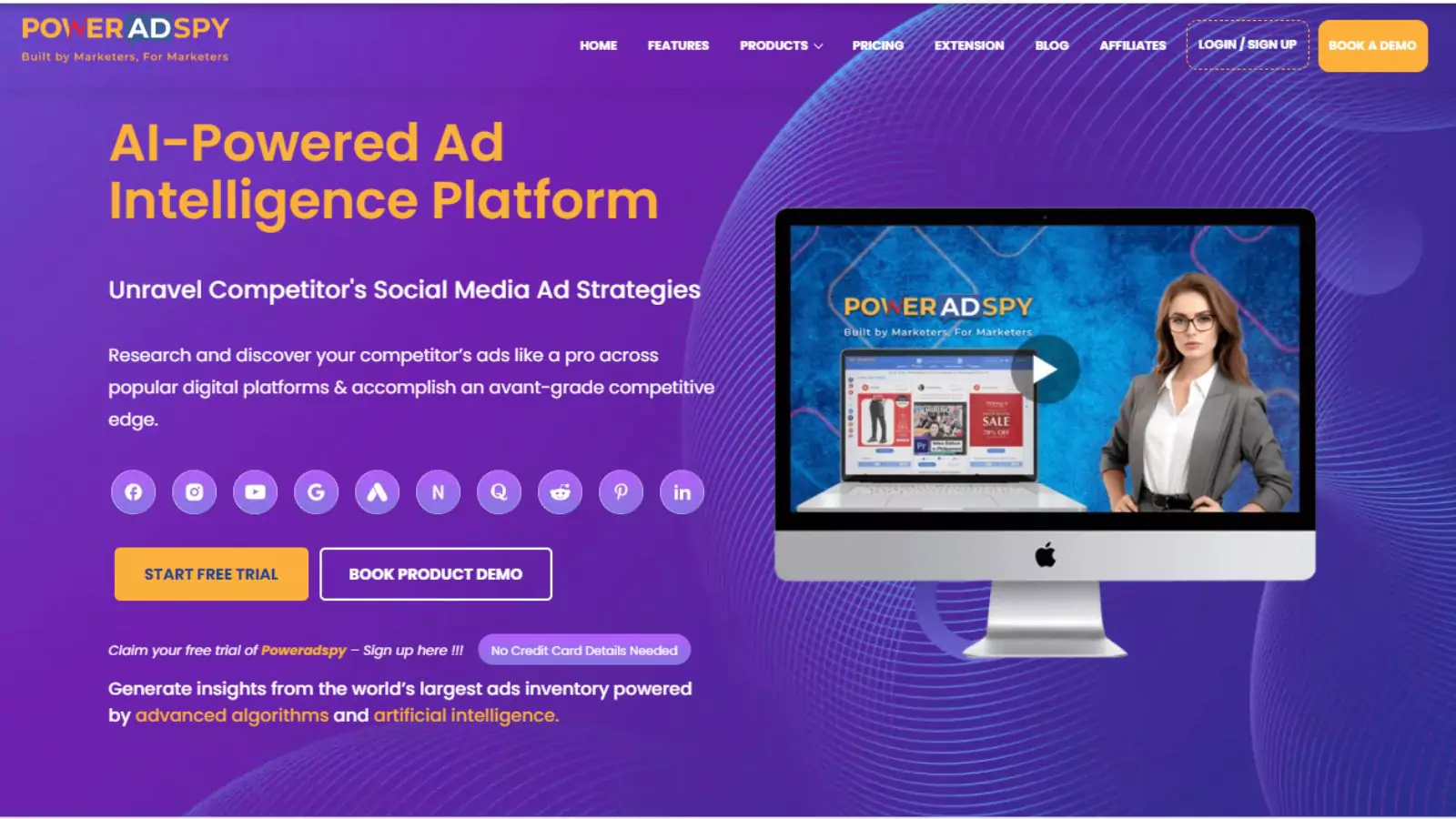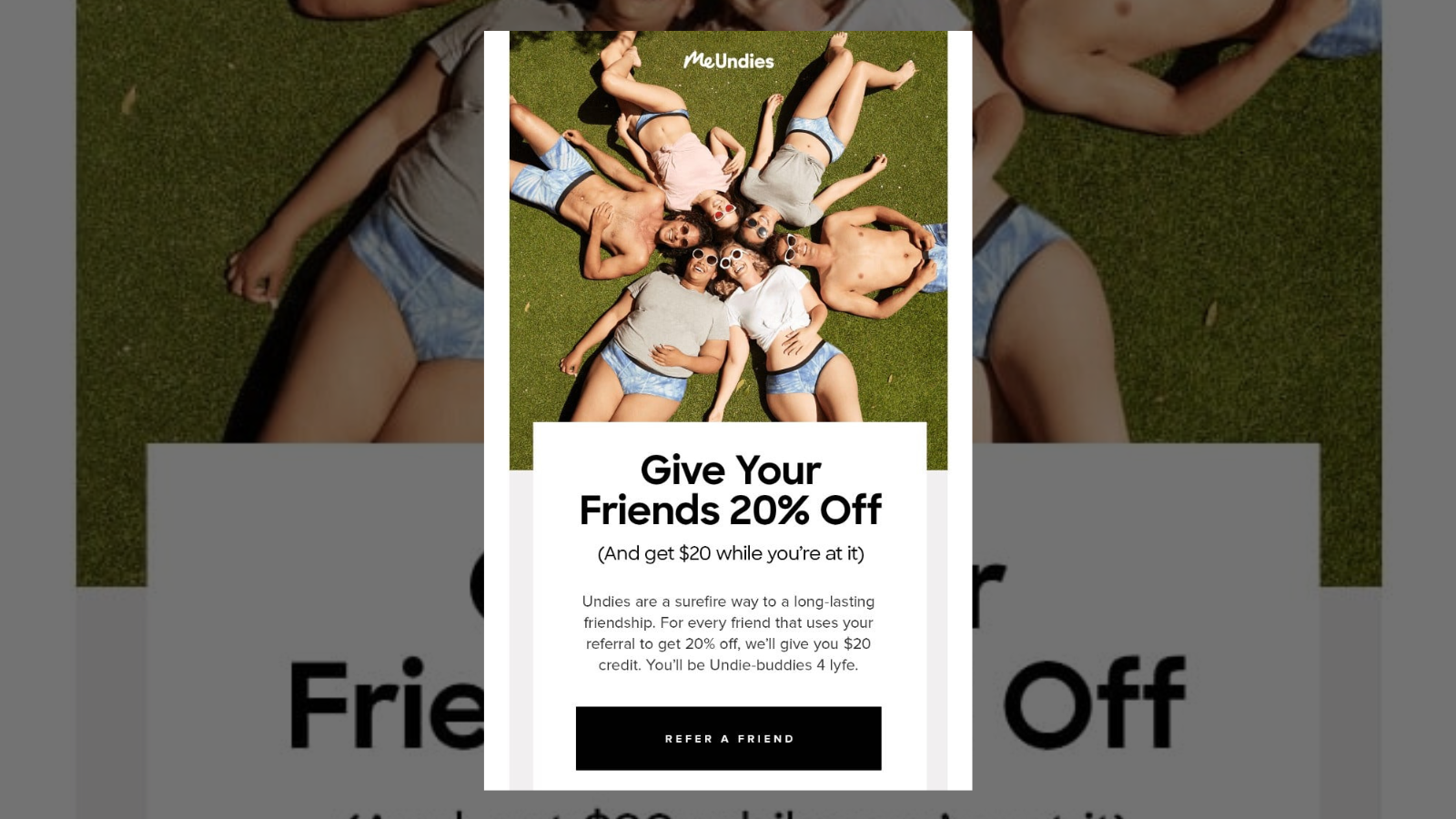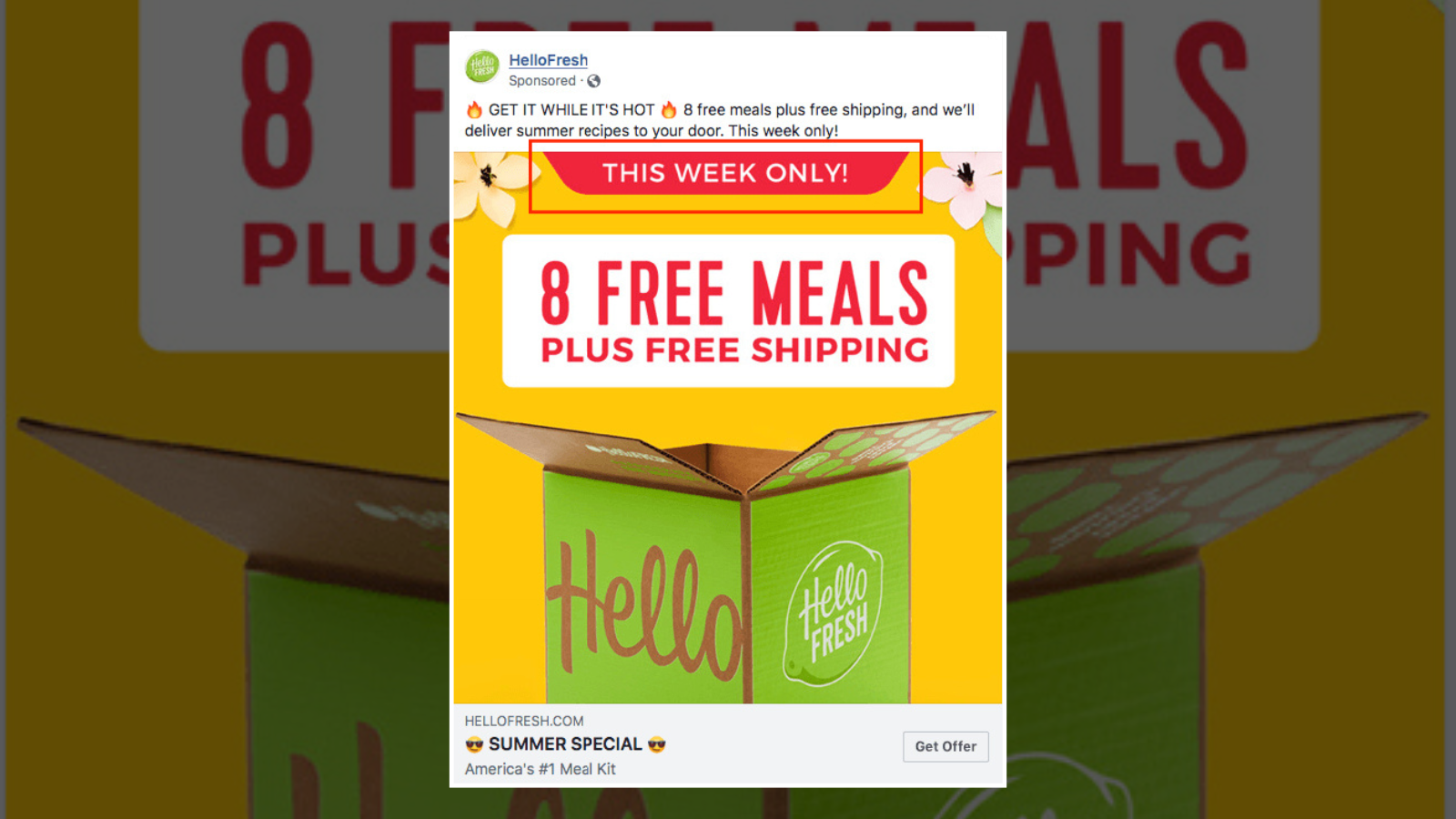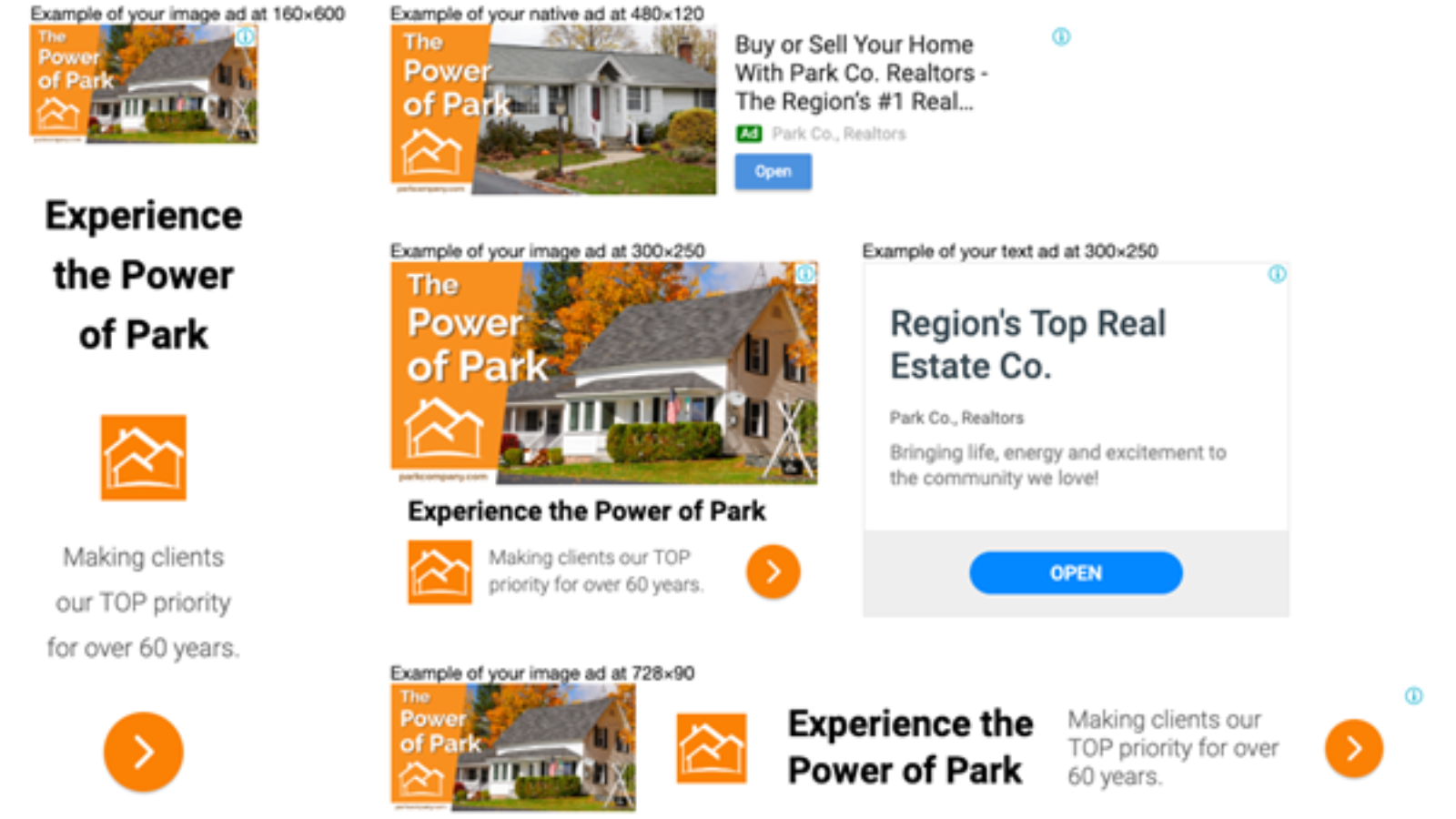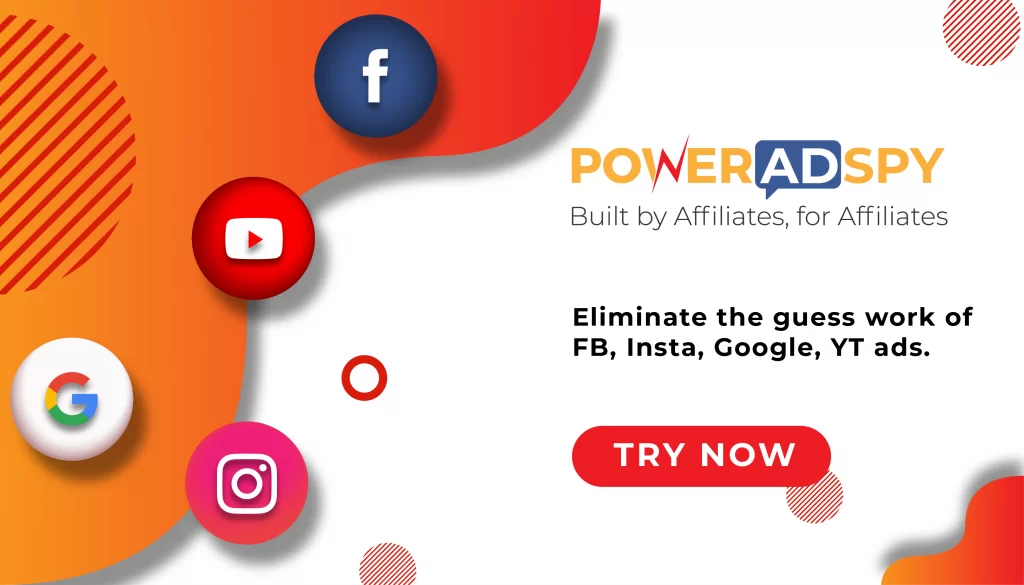9+ Powerful Direct Response Marketing Examples You Can Steal
With attention spans shrinking and competition rising, brands need campaigns that don’t just inspire—they need campaigns that convert. Enter direct response marketing, the powerhouse strategy that doesn’t beat around the bush.
Instead of gently nurturing leads over time, direct response advertising compels prospects to act immediately. Whether that action is downloading a guide, signing up for a free trial, or buying a product—results are fast, measurable, and impactful.
But how does this strategy actually work in the real world? Let’s explore 9+ direct response marketing examples you can swipe and customize for your own business.
In a hurry? Listen to the blog instead!
What Is Direct Response Marketing?
Before diving into examples, it’s essential to understand the foundation.
What is direct response marketing? It refers to any marketing campaign designed to provoke an immediate reaction from the audience—whether that’s a click, form fill, purchase, or subscription.
Unlike brand marketing, which focuses on long-term awareness, direct response marketing focuses on the now. You present a compelling offer, a clear benefit, and a strong CTA (call-to-action), all aimed at triggering a direct and trackable response.
Let’s break it down further:
- Targeted: Based on audience behavior, interests, or stage in the funnel.
- Trackable: Easily measured through clicks, conversions, and ROI.
- Timely: Often paired with urgency or exclusivity to push quicker decisions.
If you’re still wondering how marketers define direct response marketing, think of it as a form of salesmanship in print (or digital) that demands action—not just attention.
Why You Should Care About Direct Response Marketing?
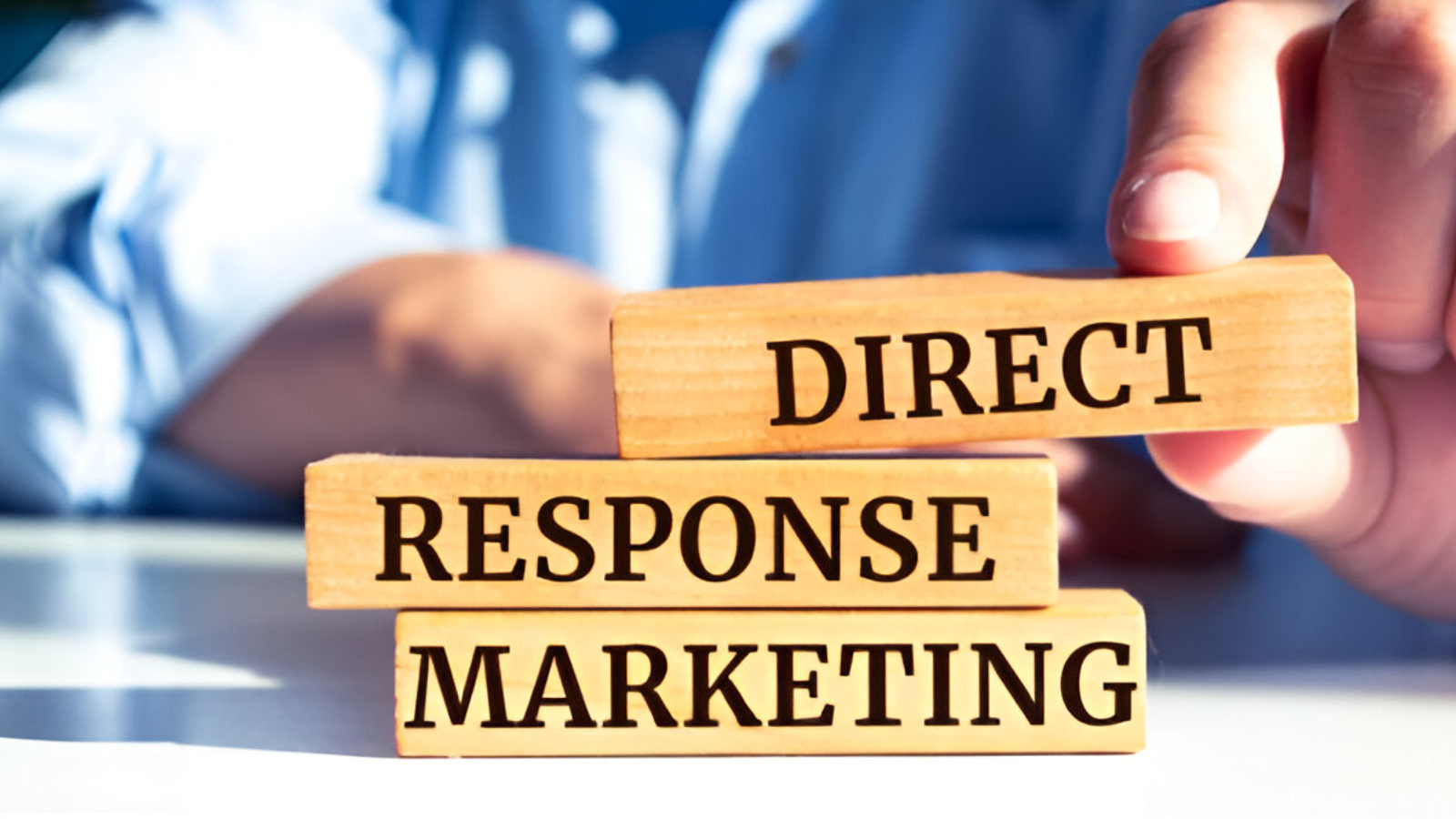 Top brands and performance marketers swear by direct response advertising for good reason. Here are the key advantages:
Top brands and performance marketers swear by direct response advertising for good reason. Here are the key advantages:
1. Instant ROI Tracking
With direct response marketing, you can track your return on investment (ROI) in real-time. This allows you to see what’s working and what’s wasting ad spend, so you can make immediate adjustments. Using ad intelligence software and ad spy tools, you can also analyze competitors’ campaigns to discover what’s working for them and adapt it for your audience.
2. Higher Conversion Rates
By crafting focused offers and creating urgency, direct response marketing encourages quick decisions. This results in higher conversion rates. Leveraging ad intelligence tools, you can also see which offers your competitors are using to generate conversions and fine-tune your own approach.
3. Better Customer Insights
Direct response marketing provides valuable insights into customer behavior through their immediate responses. This data helps you better understand their preferences and make informed decisions about your marketing strategies. Additionally, using ads spy tools like PowerAdSpy, you can monitor your competitors’ ads to gain deeper insights into their strategies and the types of offers that resonate with your target audience. This helps you stay ahead of the curve by adapting what works in the competitive landscape.
How PowerAdSpy Can Supercharge Your Direct Response Marketing?
If you’re tired of running ads that don’t convert or wasting budget on trial-and-error strategies, PowerAdSpy is the solution you’ve been looking for. This powerful ad intelligence tool helps you uncover what’s already working in your industry — so you can skip the guesswork and focus on results.
Here’s how PowerAdSpy simplifies your direct response marketing:
-
Ad Monitoring Across Platforms
Track ads on Facebook, Instagram, Google, YouTube, Native, and more — all in one place.
-
Advanced Filtering Options
Filter ads by keywords, ad type, CTA, engagement level, and more to find the most relevant and high-performing ads in your niche.
-
Competitor Intelligence
See exactly what kind of ads your competitors are running, how long they’ve been running, and how well they’re performing.
-
Real-Time Data
Access up-to-date information on ad trends so you can stay ahead of the market and adapt your strategy fast.
-
Creative Inspiration
Browse a library of ad creatives that actually work, so you never run out of ideas for your next campaign.
PowerAdSpy takes the guesswork out of advertising by showing you what works—so you can replicate success, avoid costly mistakes, and create compelling ads that convert.
4. Scalable Campaigns
Once optimized, direct response marketing campaigns are easily scalable. You can replicate successful strategies and increase your budget with predictable results. The ability to track and refine campaigns quickly ensures that scaling is based on what’s proven to work.
1. Referral Programs That Incentivize Action
Dropbox famously grew its user base exponentially by offering free storage for referrals. This direct response marketing tactic works because it offers value on both sides. Referrers get extra storage space, while new users receive a functional product for free.
Why it works:
- It leverages the trust between friends and family.
- It provides a tangible, immediate reward.
- It’s easy to measure and scale as your user base grows.
Tip for implementation:
When setting up a referral program, don’t just stop at free offerings. Create tiered rewards for different levels of referrals. For instance, after 10 referrals, a user could earn a higher reward like premium features or a discount. This will encourage ongoing participation and create a community of brand advocates.
2. Upselling During Checkout
Think of Amazon—their “Frequently Bought Together” feature has increased their average order value (AOV) considerably. This type of direct response marketing focuses on making customers aware of complementary products while they’re already in the buying mindset.
Example:
An online retailer selling running shoes might offer additional accessories such as socks or water bottles at checkout, often with a limited-time discount.
Why it works:
- It taps into an already high-intent purchase.
- The upsell feels like a natural next step.
- It can significantly boost revenue without additional advertising costs.
Pro Tip:
Use AI-driven tools to personalize upsell offers based on user behavior. Offering items that match the shopper’s interests increases the likelihood of conversion.
3. Social Media Ads That Stop the Scroll
Social media platforms like Instagram and Facebook are prime real estate for direct response marketing. These ads are designed to grab attention quickly, often using bold visuals and a single, clear call-to-action (CTA).
Example:
A fitness brand might run a Facebook ad that says:
“Transform your body in 30 days. Get 50% off our program today only! ”
Why it works:
- It gives the audience an immediate benefit.
- It’s easy to click, buy, or learn more with one action.
- There’s urgency with the limited-time offer.
Tip:
Incorporate urgency by mentioning deadlines like “Offer ends today” or “Only 5 left in stock.” This drives immediate responses, especially when combined with targeted ad placements.
4. Contests & Giveaways to Boost Engagement
Contests are a great way to encourage immediate participation while gathering valuable leads. A simple giveaway can be framed as a win-win scenario: you give your audience a chance to win something, and in exchange, you collect contact details for future marketing efforts.
Example:
A skincare brand might host a Facebook contest with the following post:
“Win our Best-Selling Skin Care Set! Enter by liking this post and tagging a friend to win.”
Why it works:
- It’s highly shareable, which increases your reach.
- People are instinctively attracted to the opportunity of winning a reward.
- It boosts engagement with your audience and grows your social media presence.
Advanced Tip:
For better results, require participants to follow your account and share your post to gain extra entries. This will help your contest spread virally.
5. SMS Campaigns That Convert Instantly
With a 98% open rate, SMS marketing is a fantastic tool for direct response marketing. When executed well, SMS campaigns can drive conversions faster than any other channel.
Example:
A boutique clothing store might send out:
“Flash Sale! 25% off everything! Use code SMS25 at checkout. Offer ends at midnight.”
Why it works:
- SMS has an incredibly high open rate, ensuring your message doesn’t get lost in the inbox.
- It drives immediate action with time-sensitive offers.
- It’s highly personalized and tailored to your customer base.
Best Practice:
Ensure your SMS messages are concise (under 160 characters), provide a clear CTA, and segment your list based on customer behavior or demographics for higher conversion.
6. Chatbots That Convert Instantly
A chatbot isn’t just for answering FAQs anymore—it’s a key tool for driving direct response marketing. Automated chatbots can engage website visitors in real time, offering personalized deals or providing instant answers that help guide the customer’s journey.
Example:
On an eCommerce site, a chatbot could pop up and say:
“Hey there! Interested in our new collection? Get 20% off your first purchase. Just type ‘YES’ to claim your offer!”
Why it works:
- It immediately grabs attention.
- It allows customers to take action without leaving the page.
- It’s available 24/7, so you can catch leads at any time of day.
Tip:
Customize your chatbot’s messages to be context-sensitive. For instance, if a user is browsing a specific product, the chatbot could automatically offer a discount on that item.
Also Read:
Mastering Direct Response Advertising: Drive Immediate Results!
5 Direct Response Advertising Tips For Better Campaigns
7. Google Ads That Target Intent
Google Ads are perfect for targeting users who are already looking for what you offer. With intent-driven searches, you can show your ad exactly when someone is looking for a product or service.
Example:
A law firm might target the search term “divorce attorney near me” with an ad:
“Need a Divorce Lawyer? Free Consultation—Call Now!”
Why it works:
- It targets people at the moment they’re most likely to convert.
- The ad directly addresses the searcher’s intent.
- It’s highly measurable, making it easier to optimize.
Pro Tip:
Use ad extensions like call buttons, location info, and additional links to enhance the effectiveness of your ad and give users more opportunities to act immediately.
8. Recruiting Campaigns That Drive Fast Applications
Direct response marketing is also an effective tactic for recruitment campaigns. By creating clear, compelling offers, companies can encourage job applicants to apply faster.
Example:
A food delivery service might post:
“Drive for Us & Earn $1000 in Your First Week—Apply Now!”
Why it works:
- It clearly states the reward and the urgency.
- The call-to-action is clear: Apply now!
- It reduces the friction of a lengthy application process.
Pro Tip:
Combine with location targeting to ensure you reach the most relevant candidates in your area. You could also include bonuses for quick applications or refer-a-friend incentives.
9. Pop-Ups That Actually Work
Pop-ups aren’t just intrusive—they can be incredibly effective if used correctly. For direct response marketing, pop-ups are great for collecting leads or driving sales, especially when paired with irresistible offers.
Example:
A recipe website could show a pop-up saying:
“Get 50 Easy Dinner Recipes for FREE! Enter your email to download.”
Why it works:
- It offers immediate value in exchange for an email address.
- It’s triggered by user behavior (like exit-intent or time on site), making it timely.
- The offer is highly relevant to the visitor’s interests.
Tip for Pop-Up Success:
Time your pop-ups correctly. Use exit-intent technology or trigger them when the user has been on your page for a certain amount of time. This ensures you aren’t interrupting the browsing experience.
10. Direct Mail With a Digital Hook
Direct mail is one of the oldest forms of direct response marketing, but it still works wonders when paired with a digital element like QR codes or personalized URLs (PURLs).
Example:
A home renovation company could send a postcard with:
“Get a Free Estimate! Scan the QR Code to Schedule Your Appointment Today.”
Why it works:
- It cuts through digital noise.
- It creates a bridge between offline and online channels.
- It provides a clear, measurable action for the recipient to take.
Tip:
Include a special offer for recipients who act within a specific timeframe, like a discount or free consultation.
Next Step? Implementation.
Direct response marketing isn’t just another tactic—it’s a results-driven approach that puts action at the heart of your campaigns. Whether you’re offering a time-sensitive discount, launching a referral program, or leveraging tools like PowerAdSpy for competitor insights, the goal remains the same: drive immediate and measurable results.
The beauty of direct response marketing lies in its adaptability. No matter your industry or audience size, these examples can be tailored to meet your goals and maximize conversions. So instead of waiting around for results, take action now. Test, tweak, and scale the strategies that work—and leave behind the ones that don’t.
Remember: In the world of marketing, those who act fast often win faster.
FAQs: –
Q1. What are the key components of a successful direct response ad?
A compelling headline, a clear call-to-action (CTA), persuasive copy, and a sense of urgency or value are essential elements. Great visuals, testimonials, and irresistible offers further increase conversions.
Q2. Which platforms are best for running direct response ads?
Platforms like Facebook, Instagram, Google Ads, and email remain top choices due to their targeting capabilities. However, the best platform depends on where your audience is most active and engaged.
Q3. What is DR in marketing?
DR (Direct Response) marketing is a strategy that encourages an immediate, measurable action from the audience. It’s designed to prompt quick decisions, such as clicking on an ad, filling out a form, or making a purchase. The focus is on getting a direct, trackable response from consumers rather than building brand awareness over time.

